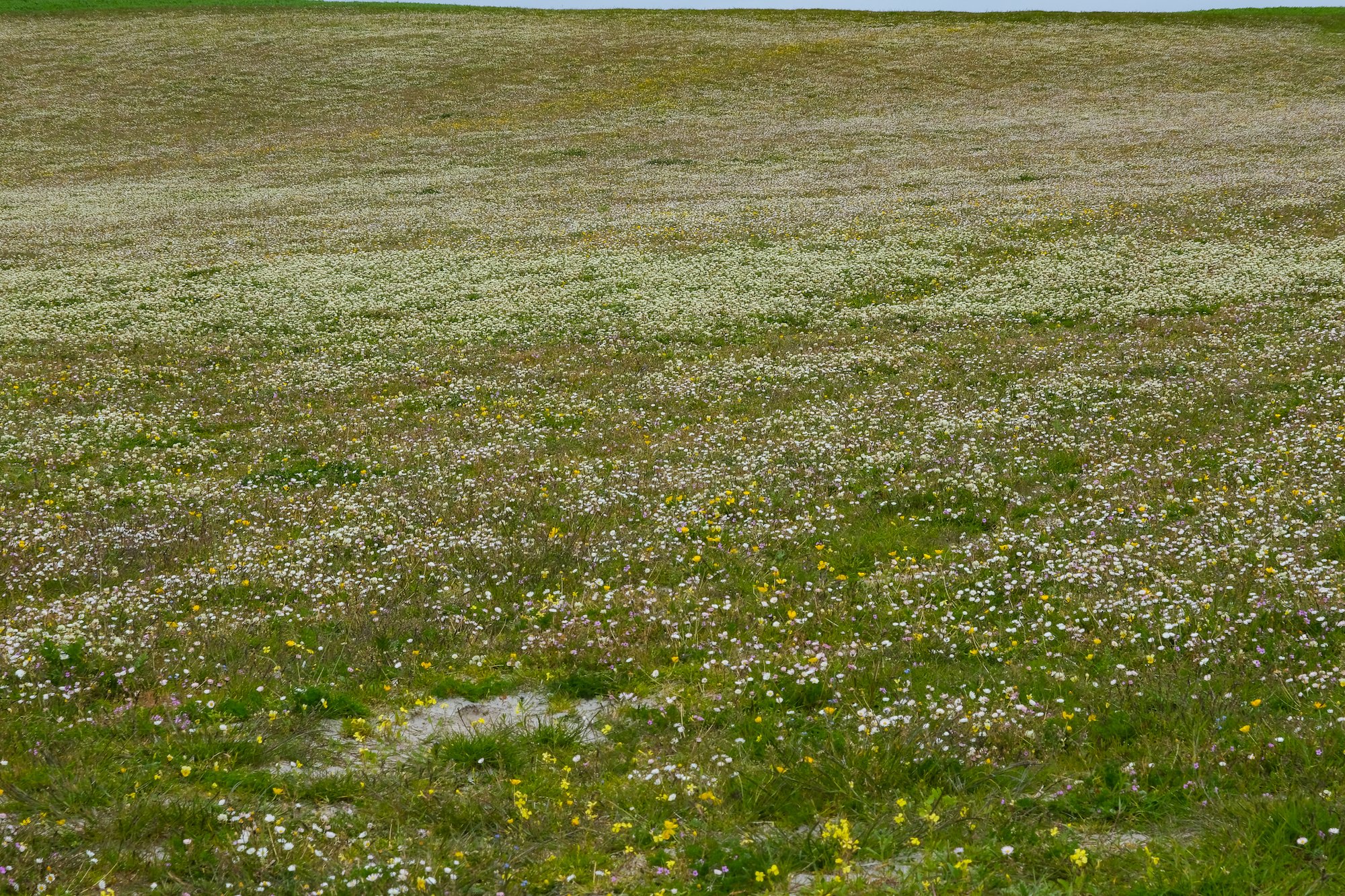Wildflowers and Corncakes
There are many unique things about the Outer Hebridean islands of North and South Uist, not least the “Machair” which is famous for its riot of colourful wildflowers in the summer months and being home to many bird species including the elusive and rare Corncrake. So unsurprisingly seeing the machair and hearing the distinctive calls of corncrakes were the main objectives for our visit in June.
Machair is the Gaelic word for a low lying grassy plain and on the Uists this forms behind the coastal dunes of the west facing coasts. In fact, globally, this habitat is only found in the north and west of Scotland and western Ireland. It is formed of wind blown sand covering grass or peatlands and creating a fertile soil. Traditionally is has been cultivated by crofters in small scale rotational crop production usually of oats or barley (often with the addition of seaweed as fertiliser) and cattle grazing.
At Balranald (an RSPB reserve) on North Uist the machair starts almost on the shoreline in places and in the early summer (May) is mainly white with Daisies and yellow with Buttercups and Birds-foot Trefoil. In June we also found Forget-me-not, Bog Pimpernel, Wild Pansy, Plantain, Knapweed, a few specimens of Long-headed Poppy, Clover, Silverweed and even the occasional Thistle.
Evidence of cultivation is plain to see, not just in the abandoned tractor now providing a home for lichens (even on the tyres!) but also in the banding visible in the terrain where the growth reveals the lines of old furrows. The RSPB is maintaining the old ways of rotating the crops, so that each plot is left fallow for at least 2 years. This can also be observed but in quite which order is hard to determine.
And the corncrakes? … no less than three calling loudly; “crex, crex”; “crex, crex”; “crex, crex”!
At Aird a’Mhuille on south Uist, the Machair extends further inland but the same cultivation of the land can be seen. The air was heavy with the scent of masses of White Clover and the noise of the many bees busily at work. Here cattle were grazing, which helps to suppress the vigorously growing grass allowing the great diversity of wildflowers to thrive. Again the rotation of the crops can be seen on the adjoining plots on the machair and the proximity of the sea demonstrates the ease with which seaweed could be collected to fertilise the land.
There are also other marks of human endeavour, such as the ruined broch (an early example and barely recognisable) now covered with Sea thrift and yellow lichen. The latter also adorns the concrete trig point at the most westerly point on South Uist; lichens can grow anywhere!
And the corncrakes? … geese flying over, waders on the shore, and yes, two corncrakes calling; “crex, crex”; “crex, crex”!























